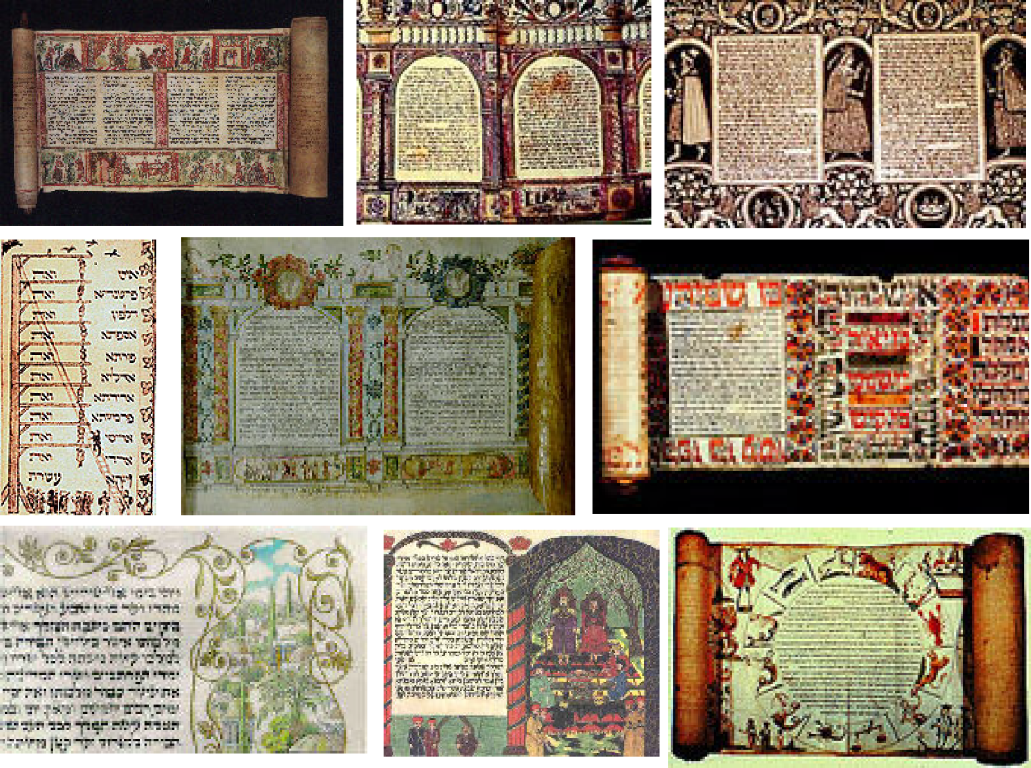As you will have read over the course of my diaries, my first major work of
sofrut
was a
megillah. This is the biblical book of Esther which tells of how she and her uncle Mordechai (a good name that!) saved the Jews from the hands of the wicked Haman who cast
purim
(lots) to decide on which date he would annihilate us. Needless to say, he did not succeed and for his trouble was hanged on the selfsame gallows that he had built for Mordechai. If you haven’t read the story, do so, as it is a marvellous piece of writing as well as a holy book, as good as any modern tale.
It is a
mitsvah
(commandment) that one should hear the
megillah
on
Purim
read from a
kasher
scroll. All are bound by this commandment. The megillah is also a work that can be written by a woman (more on this in the future). It consists of 10 chapters and is unique in that it does not once contain the name of God and is therefore an ideal work for scribes who are starting to learn their craft. There are various traditions for writing the
megillah. The most popular is that of starting each column with the word
ha-melech
(the king), an allusion to God, the King whose deeds are hidden in the
megillah
through what appears to be chance occurrences. Others say that one should start each column with the letter
vav
(similar to the
vavey ha-amudim
tradition in a
Torah) and either way is fine as long as one does not stretch the letters overmuch to accommodate this. Line lengths vary, with 11, 22 and 28 being common. Eleven lines makes a very long small
megillah
but is preferred by many as it means the ten sons of Haman which are writ in one
amud
(column) alone (left) do not have to be enlarged. However, there are some halachic issues with this format becasue of top and bottom margins sizes.
The rules for writing a megillah
are essentially those for a Sefer Torah, with two very significant differences:
1) A megillah
that is pointed is not (according the Keset ha-Sofer) ruled invalid after the event (so a person who cannot read without vowels may therefore read). However it is made very clear that one should not put the vowels in, in the first instance.
2) A megillah
is permitted to have illustrations in the margins of the parchment surrounding the text. However some authorities do not permit this. Nonetheless their are many many old and modern manuscripts decorated in all sorts of ways.
There are many many other rules, but the subject of books and articles rather than this short site post.


